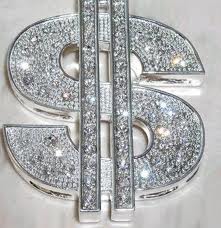Once again the trade forums are all buzzing about synthetic diamonds following an alert (Synthetic, Lab-Grown Diamonds Being Mixed With Natural Parcels of Melee, Pointers) from Rapaport that tells diamond buyers to beware of large amounts of synthetic diamond melee being mixed with parcels of natural diamonds. Warnings and alerts like these are coming on in a regular basis from labs all over the world as more and more “salted” parcels are discovered.
This has caused an anxiety bordering on panic in the diamond industry. Many professional trade associations have issued statements expecting all of their members to abide by disclosure rules and report any violations within their membership. Some groups are asking for governmental legislation to enact laws mandating disclosure of synthetic diamonds. DeBeers plans to have its Melee Screening Device in the hands of sight holders sometime next year. All of this points to the diamond industry making a well-intentioned attempt to deal with this problem.

Natural vs Synthetic
What’s your choice?
Mixing synthetic and naturals will not be the end of the diamond industry. We have seen this before in coloured gemstones. Coloured gemstone trade associations have their rules of conduct and those that buy and sell under their guidelines have some assurance of what they are getting. But on the open market, you can expect to find treated, synthetic and miss-identified stones mixed into parcels of both rough and finished goods. Sometimes these get sorted out and sometimes not, usually dependent of a dealers level of knowledge and sense of integrity.
Synthetic and natural coloured stones in a single piece of jewellery were actually quite common in vintage Art Deco jewellery where colour was used as accents. Modern commercial jewellery often contains mixed coloured stones, especially in small channel set designs.
Diamonds will follow the path that coloured stones have been on for over one hundred years. Better quality natural stones above certain sizes will be traded by professionals with proper documentation. Fine natural diamonds will increase in price and disclosed synthetic diamonds will cover popular price-points. Prices of natural and synthetic melee will homogenize based on actual production costs and not implied rarity. In jewellery melee will just be considered as a materials cost and not as a gem with intrinsic value.
We all need to work for the integrity of our industry by disclosing any treatments and synthetics. But we must also realize that it’s beyond our abilities to control the infiltration of synthetic melee.
